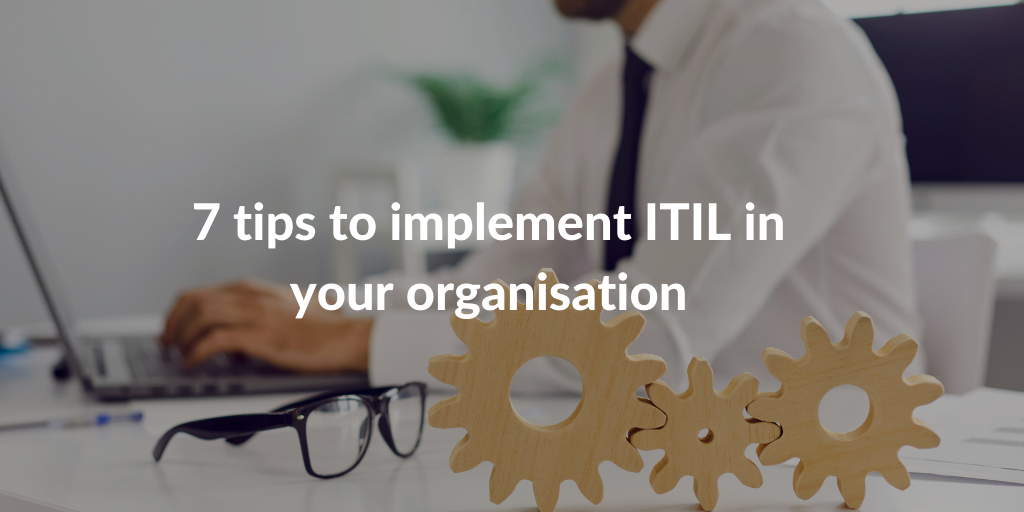Categories
Tags
Newsletter
Subscribe to the QRP International neswletter and get all the news on trends, useful contents and invitations to our upcoming events
Subscribe
Once your team members have obtained the ITIL 4 certification, how to start using the framework within the organisation? In this article, we provide seven key tips for organisations looking to effectively introduce the ITIL framework.
The first clarification to make concerns the terminology: ITIL cannot be “implemented” in the canonical sense of the term as it requires a cultural transformation to the approach to work. IT Service Management professionals need to help organisations in which they operate to shift their focus on customers, results and business value so that they can make a deep connection between these factors.
For this reason we cannot simply speak of “implementing” ITIL, because this term implies the fact that there is a process with a beginning and an end. The ITIL framework is based on an approach to an iterative and incremental improvement and therefore requires a complete cultural transformation.
When introducing a new methodology, it is always necessary to take into account the organisation’s past and current situation. Understanding what can and cannot be done and what has already been done in the past. It is important to see past results and to determine the objectives that are to be achieved.
The main components of the Service Value System that must be implemented according to a holistic approach are the following:
The knowledge and mastery of the concepts underlying the ITIL 4 framework is a factor that is as obvious as it is fundamental. Knowing the framework brings the knowledge of the need to clearly and unequivocally define the role each involved professional must play.
The correlation between role definition and knowledge of the framework is a key factor to start with when adopting ITIL within an organisation.
To learn more about the basics of the framework, read our article The 7 ITIL Guiding Principles.
ITIL helps to define the specific value flows of the organisation and supports to concretely implement them through the 34 practices made available by the ITIL 4 framework. For this reason it is necessary to thoroughly analyze roles, processes, information and technologies, together with the ITIL 4 stakeholders. Stakeholders are included in order to define the future path to take towards the evolution of the organizational model.
Clarifying the ins and outs of the organisation makes it possible to identify possible weaknesses and opportunities in advance, by comparing the processes in place with best practices.
After analyzing the current situation, it is time to focus on the objectives; which value flows to introduce and how to divide them into steps, actions and tasks in such a way that they are easier to manage?
Answering these questions will also allow us to answer a fundamental question: What is the motivation that drives the organisation to introduce ITIL best practices?
Once the answer to this simple but fundamental question has been found, the organisation will be able to focus on the ITIL project. While also focusing on desired results (outcome) and those actually achieved (output).
Once the value flows have been defined with the relative steps required by the Demand for Value, it is necessary to identify the practices and associated resources that contribute to the success of each step.
In the past, weaknesses often came to light precisely in the passage from the end of one process to the beginning of the next one. For this reason, using the Value Flows allow you to interface processes towards a shared and functional vision to also optimize procedural work and transition between processes.
Having finally introduced ITIL into your organisation does not at all mean that the process is over, quite the opposite!
The solution is to use Continual Improvement as a recurring organizational activity performed at all levels to ensure that an organisation’s performance continuously meets stakeholder expectations.
If you want to continue to deepen the topic, read our article Organizational Change Management: a key factor in a digital transformation with ITIL 4.
ITIL User Group
Every couple of months QRP organizes an (online) ITIL User Group. We invite ITIL experts that share their experience, talk about different ITIL related topics and discuss amongst ITIL practitioners. Join our monthly mailing and stay up to date!